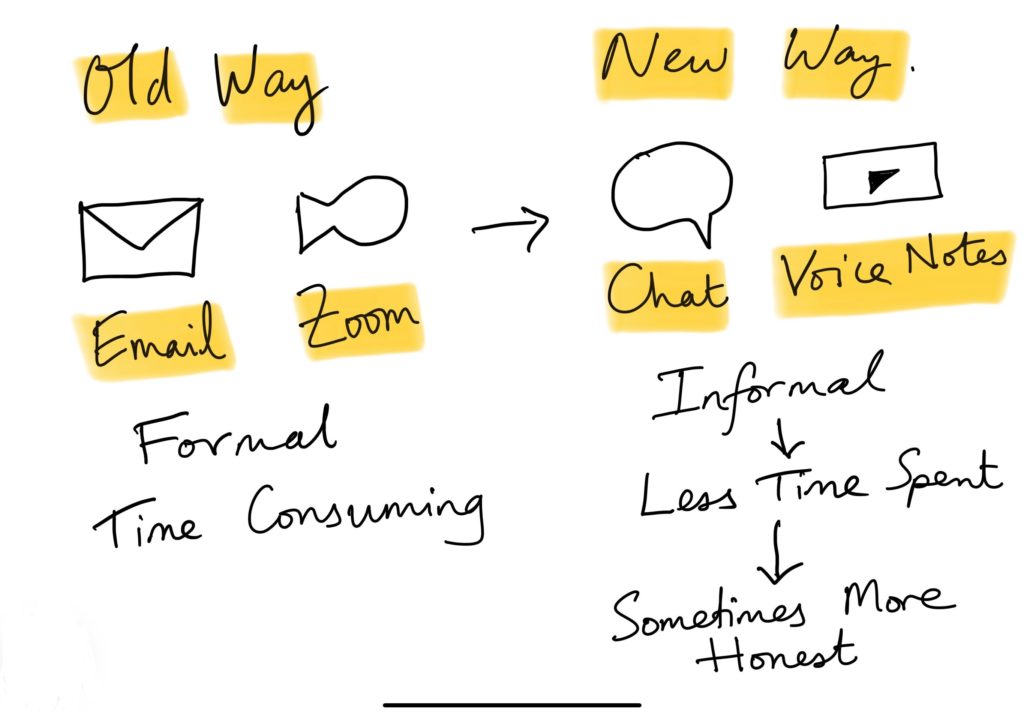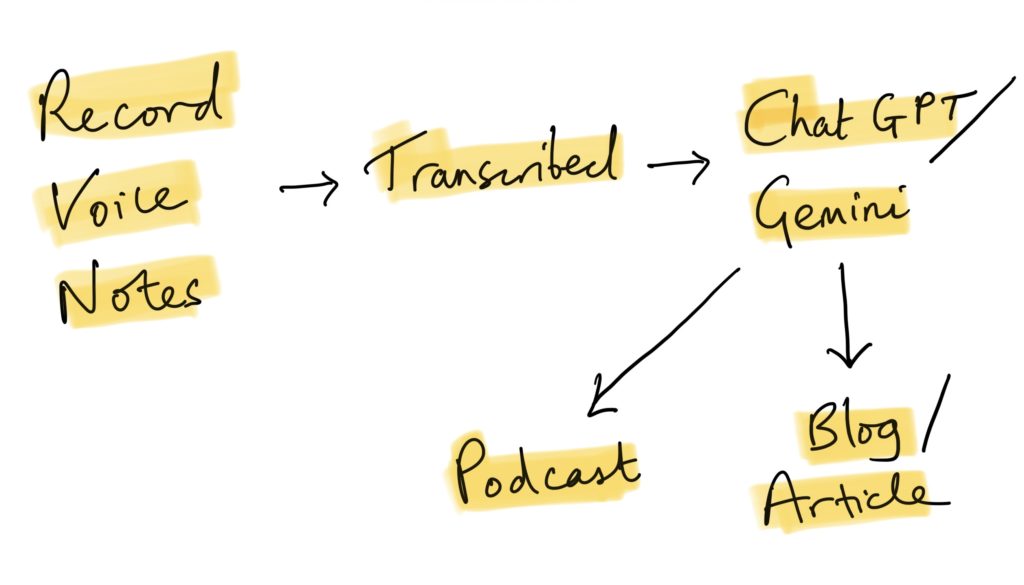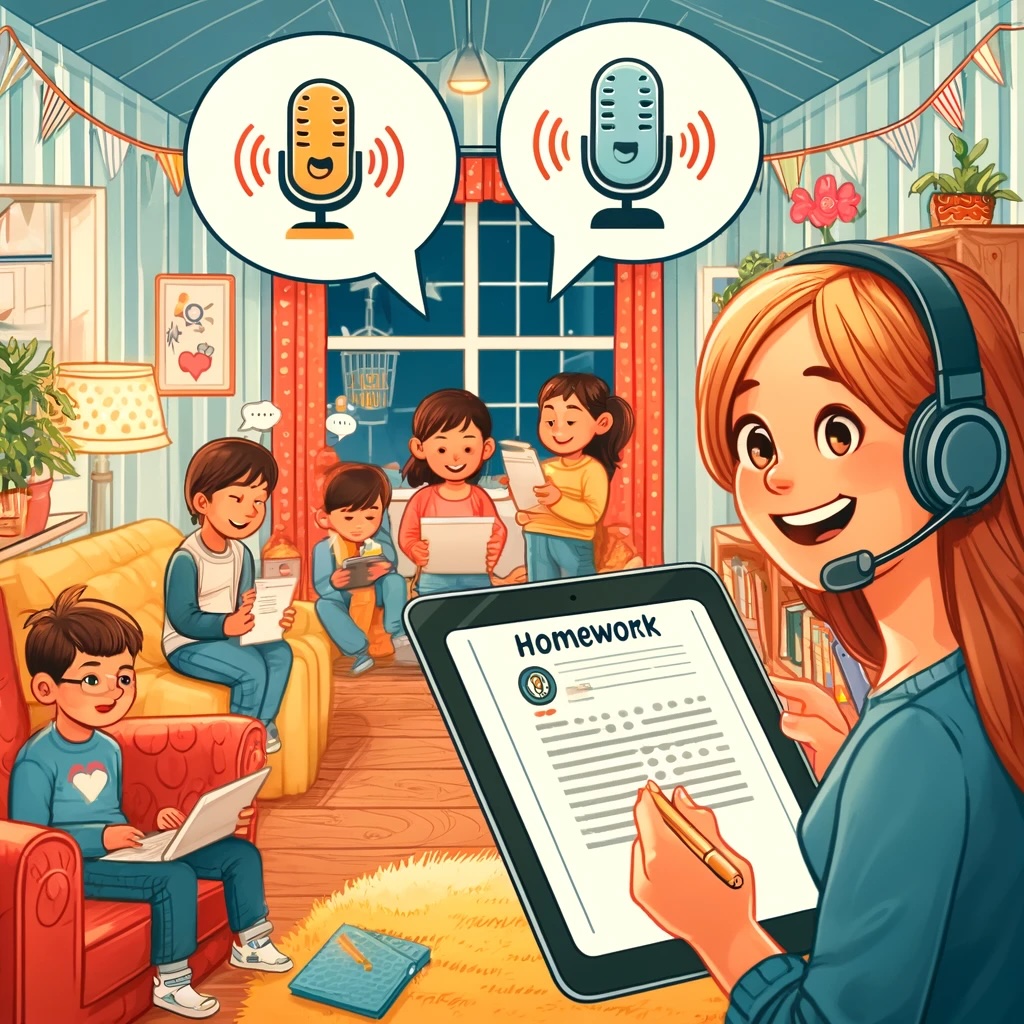Why Every Student Should Keep a Voice Journal
For years, we’ve asked students to write. Essays, reports, notes—pen to paper, fingers to keyboard. But writing isn’t the only way to think. It’s just the most common one we’ve forced on students.
What if we flipped it? What if students spoke their thoughts instead?
The problem with writing everything down
Writing is slow. Thoughts move faster than fingers. Students get caught up in structure, spelling, and grammar before they even get to the point. By the time they’ve finished a sentence, the original idea is often lost or watered down.
But speaking? Speaking is natural. It’s how kids express themselves before they ever learn to write. And yet, when they enter the classroom, we tell them to switch to a method that slows them down.
A voice journal captures real thinking
A voice journal is simple: students record their thoughts instead of writing them. It could be a reflection on a book they’re reading, an idea for a science project, or just how their day went. No pressure. No editing. Just thinking out loud.
The result? A more honest record of their thoughts. A place where they can explore ideas freely without worrying about getting it “right.”
Better engagement, deeper learning
When students speak, they don’t get stuck. They keep going. They follow their own logic, make connections, and express themselves in ways that writing often doesn’t allow.
Teachers get a more authentic insight into what a student actually understands. No second-guessing whether a lack of writing ability is masking comprehension.
Less stress, more learning
For students who struggle with writing—whether due to dyslexia, ADHD, or simply a dislike of the process—voice journals remove a barrier. They let kids focus on ideas first, rather than mechanics.
And for students who enjoy writing? Voice journals become a thinking tool, a first draft in spoken form.
It’s easy to start
No new lesson plans. No complicated setup. Just a tool like Sound Branch, where students can record, listen back, and reflect. A daily voice note instead of a written journal.
Teachers can listen in, track progress, and even leave voice replies. It’s learning in its rawest, most natural form.
Try it tomorrow
Next time you ask students to write, give them a choice: speak or type. See what happens.
Chances are, you’ll hear ideas that would’ve never made it to the page.
Some facts and stats to leave you with:
1. Speaking vs. Writing Speed
• Average speaking speed: 125-150 words per minute
• Average handwriting speed: 13-25 words per minute
• Source: VirtualSpeech – Average Speaking Rate & Words per Minute
2. Early Verbal vs. Written Development
• Children develop complex verbal skills by age 3, while writing proficiency typically emerges around ages 6-7
• Source: National Institute of Child Health and Human Development (NICHD) – Early Literacy Development
3. Writing Challenges in Students
• Nearly 1 in 5 students struggle with written expression but often show strong verbal comprehension
• Source: National Center for Learning Disabilities – The State of Learning Disabilities Report
4. Effectiveness of Voice Journals
• Middle school students using voice recordings produced 40% more content and made more complex connections compared to writing
• Source: Journal of Educational Psychology – Impact of Speech-to-Text Tools on Student Learning
5. Voice Journaling & Writing Improvement
• Schools implementing voice journaling alongside traditional writing saw a 25% improvement in written work quality
• Source: EdTech Review – How Digital Audio Tools Enhance Writing Skills
6. Speech-to-Text Accuracy & Student Access
• Modern speech-to-text tools now achieve 95% accuracy
• 92% of students have access to recording devices via phones or computers
• Source: Stanford AI Lab – Advancements in Speech Recognition
7. Teacher Workload & Student Participation
• Teachers report spending 60% less time grading voice journals vs. written work
• Student participation rates increased by 35% when given the option to record vs. write
•Source: Harvard Graduate School of Education – Digital Learning & Assessment Report
8. Impact on Students with Learning Differences
• Students with dyslexia showed a 45% improvement in comprehension when using verbal expression
• English language learners saw 30% higher vocabulary retention with voice journaling
• Source: International Dyslexia Association – Speech & Language Processing in Dyslexic Students
9. Cognitive Benefits of Verbal Expression
• Brain imaging studies reveal that verbal expression activates more brain regions than writing alone, leading to higher cognitive engagement
• Source: MIT Media Lab – Neuroscience of Verbal Learning
10. Future of Voice Journaling in Education
• By 2025, at least 50% of schools are predicted to incorporate voice journaling into their curriculum
• Schools adopting voice journaling report a 40% increase in student engagement and a 28% improvement in concept retention
• Source: UNESCO – Future Trends in Digital Education










